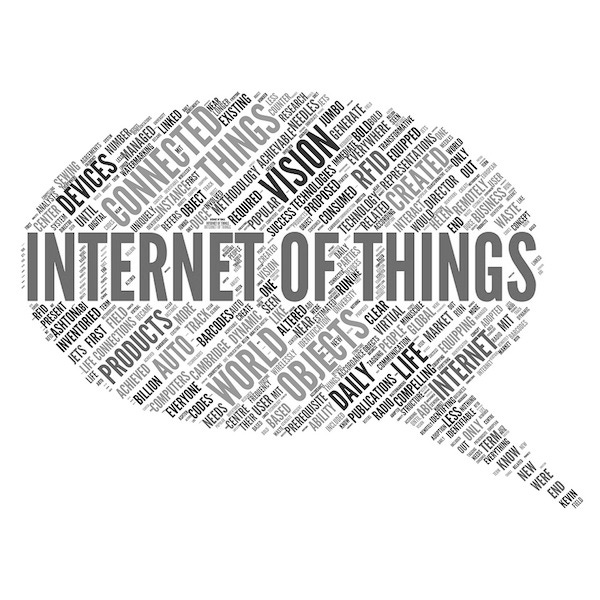The Internet of Things is nothing new—it's ust an awful name attached to a steadily evolving ecosystem, one that took root in network computing, sprouted into pervasive computing and barely blossomed into something called convergence.
May 29, 2015

By jeff_oheir_1
The Internet of Things is nothing new—it’s ust an awful name attached to a steadily evolving ecosystem, one that took root in network computing, sprouted into pervasive computing and barely blossomed into something called convergence.
Along the way, VARs and their vendor partners have laid the foundation for what consumer-oriented technology companies are now building upon with increasing speed.
Samsung’s proposed Artik IoT chip technology and Google’s rumored Brillo IoT Android-based OS, announced at the I/O 2015 conference, will help to create an integrated platform—along with the consumer awareness and demand—that’s needed to push the IoT ecosystem to the next level.
Those consumer-oriented pieces have been missing from the IoT foundation that the IT channel has been building for more than 20 years. Once in place, expect greater demand for the networking, integration, consulting and other services that sit squarely in the VAR wheelhouse.
With all of the buzz surrounding IoT, it’s hard not to think back on a few early channel initiatives that heralded the pervasive, connected ecosystem that sounds so familiar today.
VARs growing a little gray at the temples might remember Bill Bodin’s work creating networking and sensor technologies for digital home, healthcare and commercial diagnostic applications in the early 2000s at IBM’s Advanced Technology Lab. Or, a few years later, Intel’s Steve Dallman pushing the Viiv platform, promising VARs that new “networking and integration capabilities (will) make it easier to connect peripherals and distribute content” in home and small-office environments. Or his colleague, Louis Burns, pushing for integrated, connected-home healthcare solutions as part of Intel’s Digital Health Platform Group.
You can probably think of a dozen more channel initiatives throughout the years, no matter how ill-fated, that have helped to build the Internet of Things foundation. But while there are plenty of IoT innovations in commercial markets today, many front-line players thought there’d be more integrated, seamless, intuitive, commercially viable solutions available by now. What was needed for widespread adoption, they said, were robust, compatible platforms the solutions could safely, seamlessly and securely communicate and operate from. The networking and integration services VARs bring to the table were there. The ecosystem wasn’t.
That’s about to change. Whether Brillo and Artik are the answers remains to be seen. But the stars seem finally to have aligned. The technologies Google and Samsung propose are designed to enable low-powered devices to collect, distribute and communicate vast amounts of data easier, faster and more efficiently than in the past. The companies behind them have deep pockets and powerful influence over a majority of consumers. They’re also hungry to develop new revenue streams. More companies will follow, delivering products, solutions and services to feed increasing consumer and commercial demands.
The ecosystem needed to support these new technologies and business models didn’t exist yesterday. But vendor innovations and the VAR services needed to put them in play did. Without those, they’d be no future. And that future is beginning to look ripe with opportunity.
Read more about:
AgentsYou May Also Like
